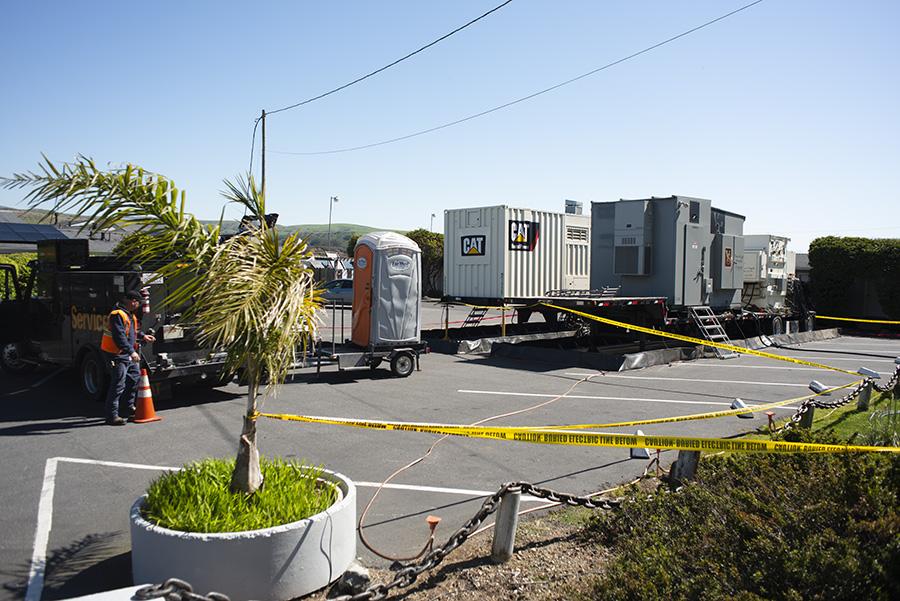For many residents this week, time seemed to be speeding up—at least for those looking at oven clocks or other time devices plugged . . .
Diesel generator providing power along Tomales Bay after widespread outage


For many residents this week, time seemed to be speeding up—at least for those looking at oven clocks or other time devices plugged . . .